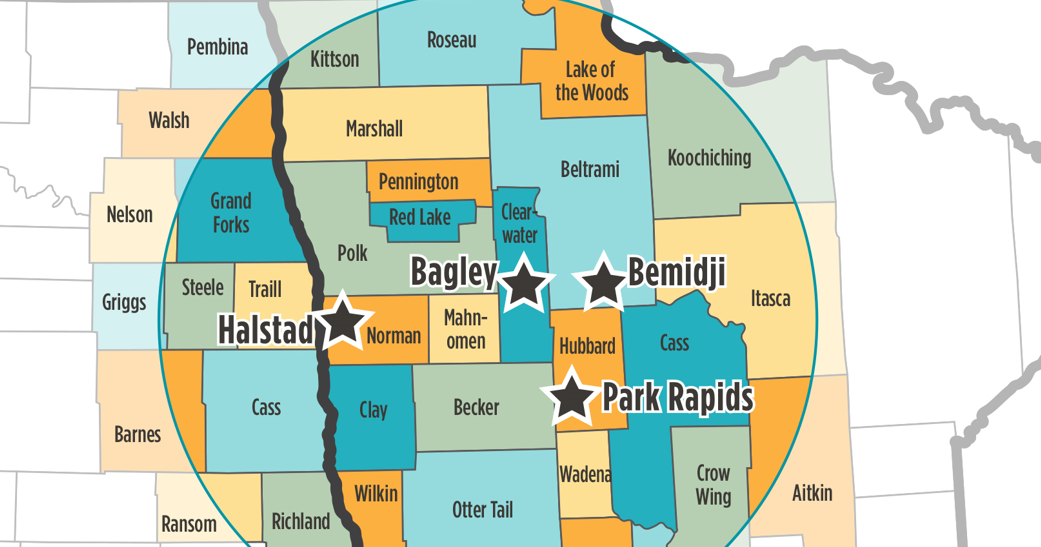Fort Worth Tycoon Alice Walton Holds Title of World’s Richest Woman

As the cost of living in Fort Worth, Texas, continues to evolve, the financial expectations for residents have notably shifted. A recent study conducted by SmartAsset reveals that the financial threshold for a comfortable lifestyle will increase significantly by 2025. Specifically, individuals living in the Fort Worth area will need an annual income of ,429, reflecting a staggering increase of approximately ,664 from the previous year’s requirements. This rise underscores the ongoing challenges residents face in achieving financial stability amidst fluctuating economic conditions.
SmartAsset’s analysis positioned Fort Worth at 34th place in terms of the affordability of salary requirements across the United States, with data sourced from the Massachusetts Institute of Technology’s Living Wage Calculator. The study examines the necessary income for a single, childless adult in the 100 largest metropolitan areas, providing critical insights into regional economic pressures.
The findings indicate a substantial leap from SmartAsset’s 2023 report, where the requisite post-tax income was estimated at ,742. For families, the financial landscape appears even more daunting. A household comprising two working adults and two children would need a combined income of 7,235 annually to maintain a comfortable standard of living. In comparison, the median household income in Fort Worth was recorded at ,082 in 2023, highlighting a substantial gap between actual earnings and the income required for financial comfort.
Within the broader Dallas-Fort Worth area, Fort Worth and Arlington share the 34th spot, while neighboring Dallas, along with Irving and Garland, rank 31st, necessitating an income of ,930 for financial stability. Suburban areas such as Plano, Frisco, and McKinney require even higher income levels, with single residents needing nearly 8,000 and families of four requiring approximately 9,715.
To better understand the implications of these figures, SmartAsset employed the 50/30/20 budgeting framework, which allocates 50% of income to needs, 30% to wants, and 20% to savings or debt repayment. For an individual without children in Fort Worth, this means budgeting roughly ,215 for living expenses, ,929 for discretionary spending, and ,286 towards savings or debt. For a family of four, these figures escalate to about 8,618 for living necessities, ,171 for discretionary expenses, and ,447 for savings or debt obligations.
Overall, these findings illustrate a pressing challenge for Fort Worth residents and serve as a call to action for policymakers and community leaders to address the challenges associated with rising living costs. In a broader context, while Dallas-Fort Worth cities maintain relatively affordable salary requirements compared to other major U.S. cities, cities such as San Antonio and Houston present even more accessible financial thresholds for residents.
In summary, the increased income expectations in Fort Worth reflect a broader trend affecting urban centers nationwide, where consistently rising costs for housing, goods, and services are reshaping the landscape of financial stability. Understanding these dynamics is crucial for both residents seeking to navigate this environment and for stakeholders aiming to foster sustainable economic growth in the region.




